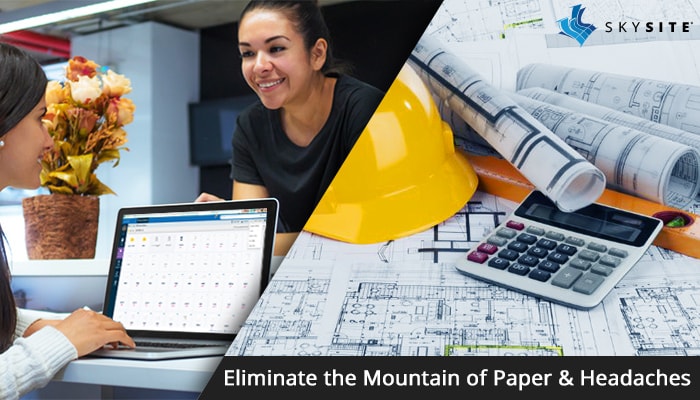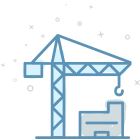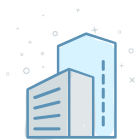Every business owner and manager has to deal with a mountain of information and paperwork on a daily basis. It may seem like construction is all about heavy equipment and cement, but when it comes to paperwork, it’s no different than other businesses. Even in construction, looking for documents, waiting for updated printouts, etc., can be a drain on time and resources.
Unfortunately, there is no secret to make the paperwork go away. And, if you let it build up, you’re just asking for a big headache down the line. Developing a new system to organize all the paper in your workplace (or your life, for that matter) takes effort, forethought and planning. Or, more time you don’t have. The bottom line is we’re all drowning in paper overload and need to become more efficient.
So how do you handle the growing paperwork mountain? As technology continues to evolve, business leaders in all industries are finding new ways to adapt it for everyday use. The construction industry is no different and has embraced the use of technology for of businesses. One of the key technological advances for the industry is construction project management software.
Project management platforms come with different feature sets and offer a variety of benefits. Some provide good storage of documents with the ability to share and edit files. Other, more robust platforms also allow for storage and sharing, but also offer more industry specific features that can make your job easier, while also eliminating the paper headache.
So, where do you begin in evaluating which project management software platform is right for you and your business? We’ve outlined four features to consider when choosing your new software tool.
Ease of Use
Opt for software that is easy to learn and easy to use. Your job is stressful enough; you don’t want a solution that has a steep learning curve that takes time away from actually doing the job, or one that requires expensive training. You also want one that your team members, especially those that don’t use technology every day, will see the benefits of and be on board to adapt.
Single Repository
We’ve heard of some companies that use two or three apps to manage their construction projects. Honestly, that is counterintuitive to staying organized. How can you assure your team is all working on the latest set if you’re switching between accounts while trying to collaborate on an update? A single hub for all of your digital files ensures that you have all critical information organized in one place; documents, photos, PDFs, all files. No worries about lugging rolls of plans or sorting through stacks of paper.
Online / Offline Capabilities
Make sure you can take your documents wherever your job takes you, in the office or in the field. Looks for a solution that works on mobile devices as well as PCs. You’ll want a platform that, whether you’re online or offline, PC or mobile, allows you to work on the documents you need, when you need them. Once you get your bars back, make sure the software will automatically sync any changes you made.
Maintain Security
Of course, a good document management plan must include good security. Make sure any platform you are considering uses the latest security protocols. Look for one that requires complex passwords, and even better one that offers two-step verification/two-factor authentication. These features require minimal effort, but go a long way in protecting your critical documents from data breaches, phishing and password leaks.
Paperwork isn’t going away anytime soon. However, using technology, especially project management software designed for the construction industry, can keep you and your team organized and on the latest set of documents.





